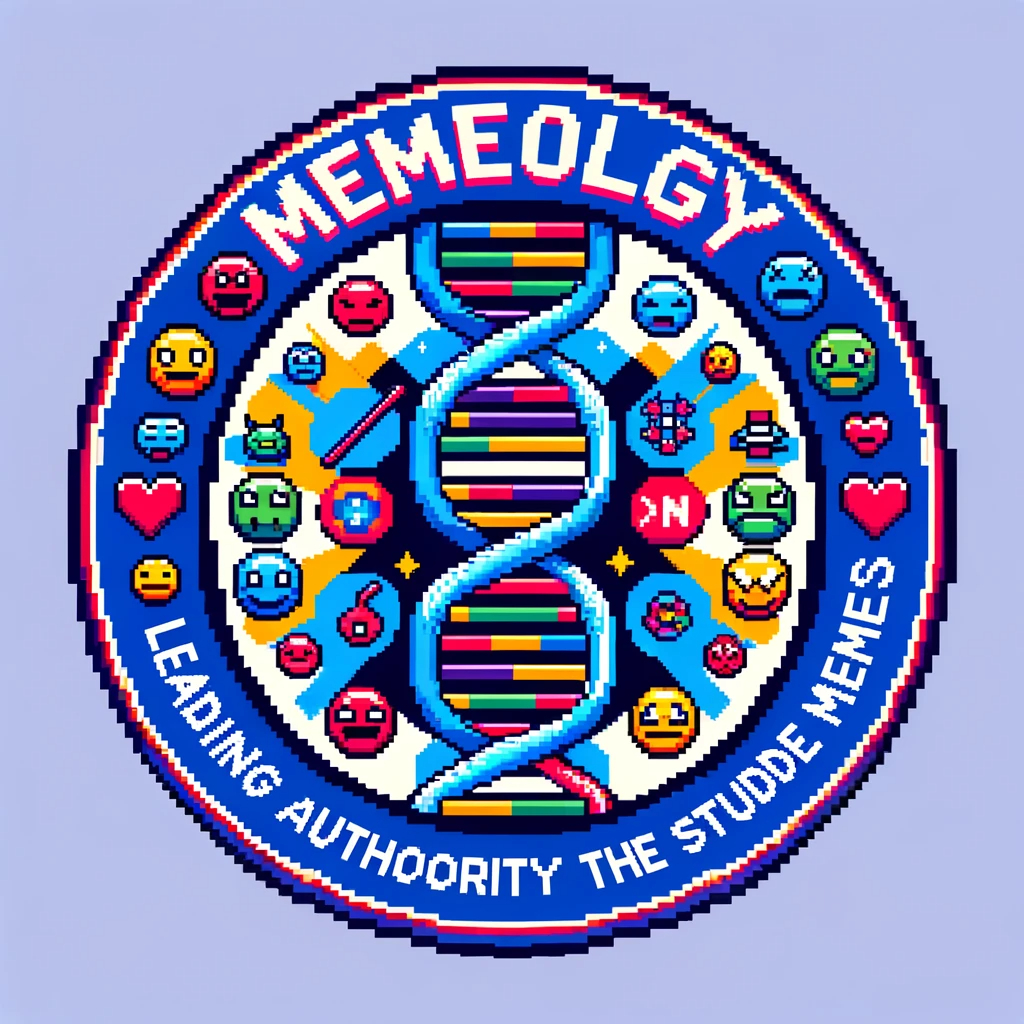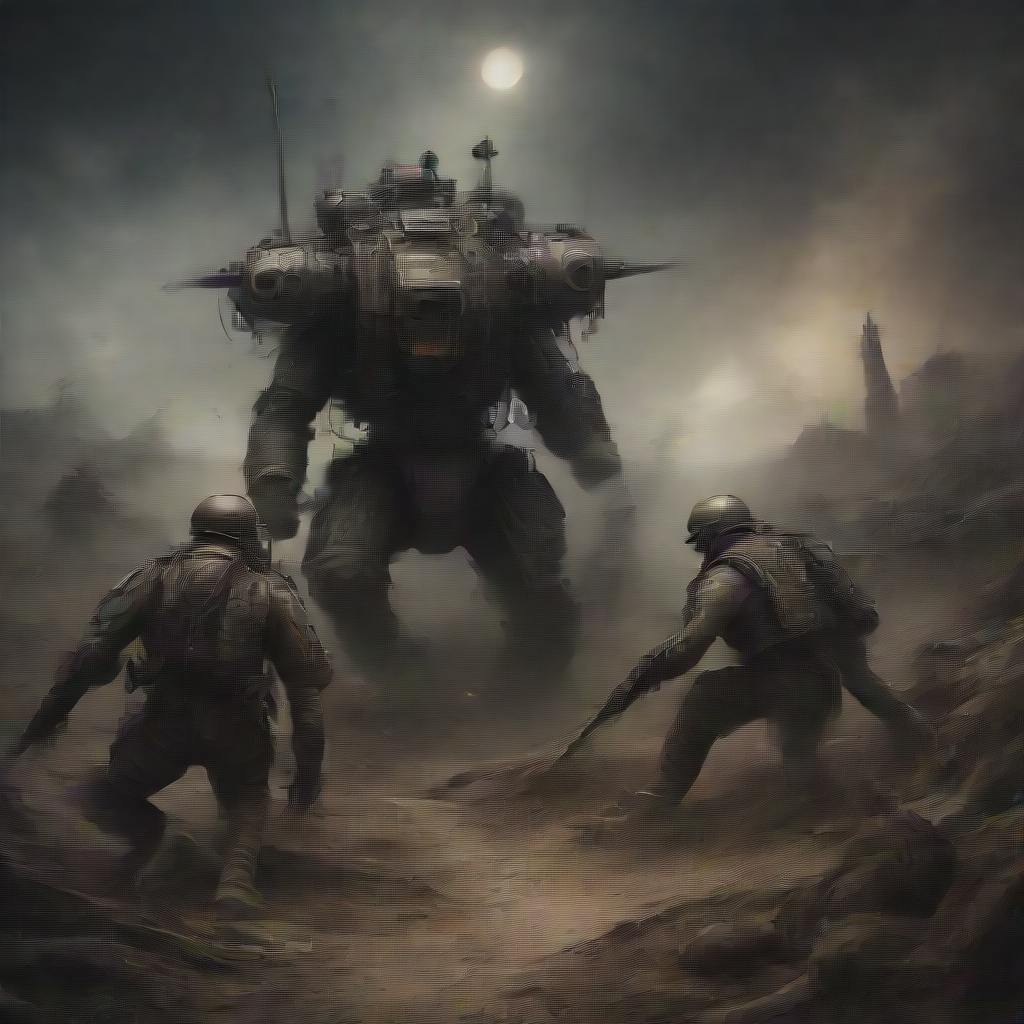Authors:
(1) Yelena Mejova, ISI Foundation, Italy;
(2) Arthur Capozzi, Università degli Studi di Torino, Italy;
(3) Corrado Monti, CENTAI, Italy;
(4) Gianmarco De Francisci Morales, CENTAI, Italy.
Table of Links
The 2022 Russian invasion of Ukraine has seen an intensification in the use of social media by governmental actors in cyber warfare. Wartime communication via memes has been a successful strategy used not only by independent accounts such as @uamemesforces, but also—for the first time in a full-scale interstate war—by official Ukrainian government accounts such as @Ukraine and @DefenceU. We study this prominent example of memetic warfare through the lens of its narratives, and find them to be a key component of success: tweets with a ‘victim’ narrative garner twice as many retweets. However, malevolent narratives focusing on the enemy resonate more than those about heroism or victims with countries providing more assistance to Ukraine. Our findings present a nuanced examination of Ukraine’s influence operations and of the worldwide response to it, thus contributing new insights into the evolution of socio-technical systems in times of war.
1 INTRODUCTION
On 24 February 2022, Russia began a large-scale military invasion of Ukraine. The United Nations Human Rights Office has confirmed the death of 9083 civilians up to 18 June 2023.[1] However, their report highlights that the actual figures are believed to be considerably higher, and most estimates suggest more than 300 000 total deaths.
In the midst of this immense tragedy, the two governments at war—Russia and Ukraine—are also waging an information war on many fronts. Due to the prevalence of the Internet as a primary information source for Ukrainians,[2] the war has been described as the first social-media war,[3]
echoing the reputation of the Vietnam war as the “first television war” due to the role this medium had in informing the public about the conflict.
Both governments and common people have been using social media to propagate their views on the conflict and affect global public opinion. A vivid example is @Ukraine, the official account of the Ukrainian government on Twitter.[4] This account was started in 2016 by Yarema Dukh while working as a press officer in the Ukrainian presidential office. One of the memes produced by this account, depicting “living next to Russia” as the worst possible headache,[5] has been shared more than 600 000 times and has reached 55 million views. According to the author, the goal of this meme was “to explain to some large and distant target audiences that Russia is the problem here, not Ukraine, the West, the U.S., NATO, aliens or anyone else”.[6] This account has posted a variety of content and has now become one of the most visible examples of memetic warfare from a warring government.
An early definition of memetic warfare was given by the NATO Strategic Communications Centre of Excellence in Latvia in a document titled “It’s time to embrace memetic warfare” [25]. The document defines it as “the competition over narrative, ideas, and social control in a social-media battlefield” and is viewed as “the ’digital native’s version of psychological warfare, more commonly known as propaganda”. The authors argue that it needs to be brought into mainstream military thinking by investing in its development. While propaganda has long been a central component of war, memetic warfare introduces a new key aspect: its reach is intrinsically tied to how much its own audience is willing to spread it. Governments involved in psychological warfare used to rely purely on one-way communication media such as posters and radio. However, the two-way nature of social media implies that they have to convince their own audience to help spread their message to reach wider audiences. This characteristic creates a particular amalgam of social-media bottom-up dynamics with the top-down approach typical of military objectives and narratives. Different goals then might require spreading different types of content, which in turn might have varying degrees of success with specific audiences.
Despite the importance of this matter, so far little research effort has been dedicated to the quantitative analysis of which aspects make memetic warfare more successful, which audience it is able to reach, and what are its consequences. These questions are of primary interest not only for the involved parties, but also for the global public opinion. In order to prepare, evaluate, and react appropriately, we need to better understand these novel techniques of propaganda, which are likely to become increasingly common in the future. Our analysis focuses on these research questions:
RQ1 What are the main characteristics of memes shared by popular Ukrainian Twitter accounts?
RQ2 Which attributes of a wartime meme are good predictors of its virality?
RQ3 What is the geographic resonance of each narrative, and how does it relate to each country’s actions toward the conflict?
We examine the content of the memes in terms of the actors involved, their emotional appeal, and the narratives used. Based on previous literature [18], we identify four roles within a narrative, depending on the moral quality of the actors in the narrative and on their perceived power. In our context, these roles often represent the benevolent moral quality of the author’s side or the malevolent one of the enemy. The narratives we identify are a powerful predictor of the virality of a meme. Content with a victim narrative—a benevolent, weak actor—has a 109% higher reach w.r.t. content with no narrative, while a villain narrative—depicting the enemy as malevolent and strong—increases reach by 32%. Finally, since one of the goals of these accounts is to influence global public opinion, we look at the success of the content geographically. Memetic warfare reach reflects important aspects of the offline world: the retweets per inhabitant in a given country correlate highly (𝜌 = 0.787) with the assistance given by that country to Ukraine. In addition, different narratives resonate differently with different countries. For instance, villain narratives resonate more than victim narratives in European countries bordering Russia. In turn, these different framings of the conflict are also reflected in the material assistance given by these countries. The success of malevolent narratives positively correlates with the share of GDP devoted to assisting Ukraine (𝜌 = 0.601, 𝜌 = 0.566).
The present study has important implications for our understanding of the interaction between communication technologies and their use by governments and non-governmental actors during a conflict. We illustrate how social media may factor into a country’s strategic messaging during war, and how such messaging is related to the attention and aid afforded to the country. As cyber-influence campaigns become more common and sophisticated, we encourage the research community to apply a multi-factorial view of the relevant content, including visual and narrative aspects, to understand its resonance around the world.
[1] https://www.ohchr.org/en/news/2023/06/ukraine-civilian-casualty-update-19-june-2023
[2] https://www.unian.info/society/media-space-internet-bypasses-tv-as-main-news-source-for ukrainians-11330729.html
[3] https://www.forbes.com/sites/petersuciu/2022/03/01/is-russias-invasion-of-ukraine-the-first social-media-war
[4] Twitter is currently being rebranded to “X”. For consistency with previous literature, we prefer using the former name.
[5] https://twitter.com/Ukraine/status/1468206078940823554
[6] https://www.washingtonpost.com/world/2022/01/26/ukraine-russia-memes-social
This paper is available on arxiv under CC 4.0 license.

